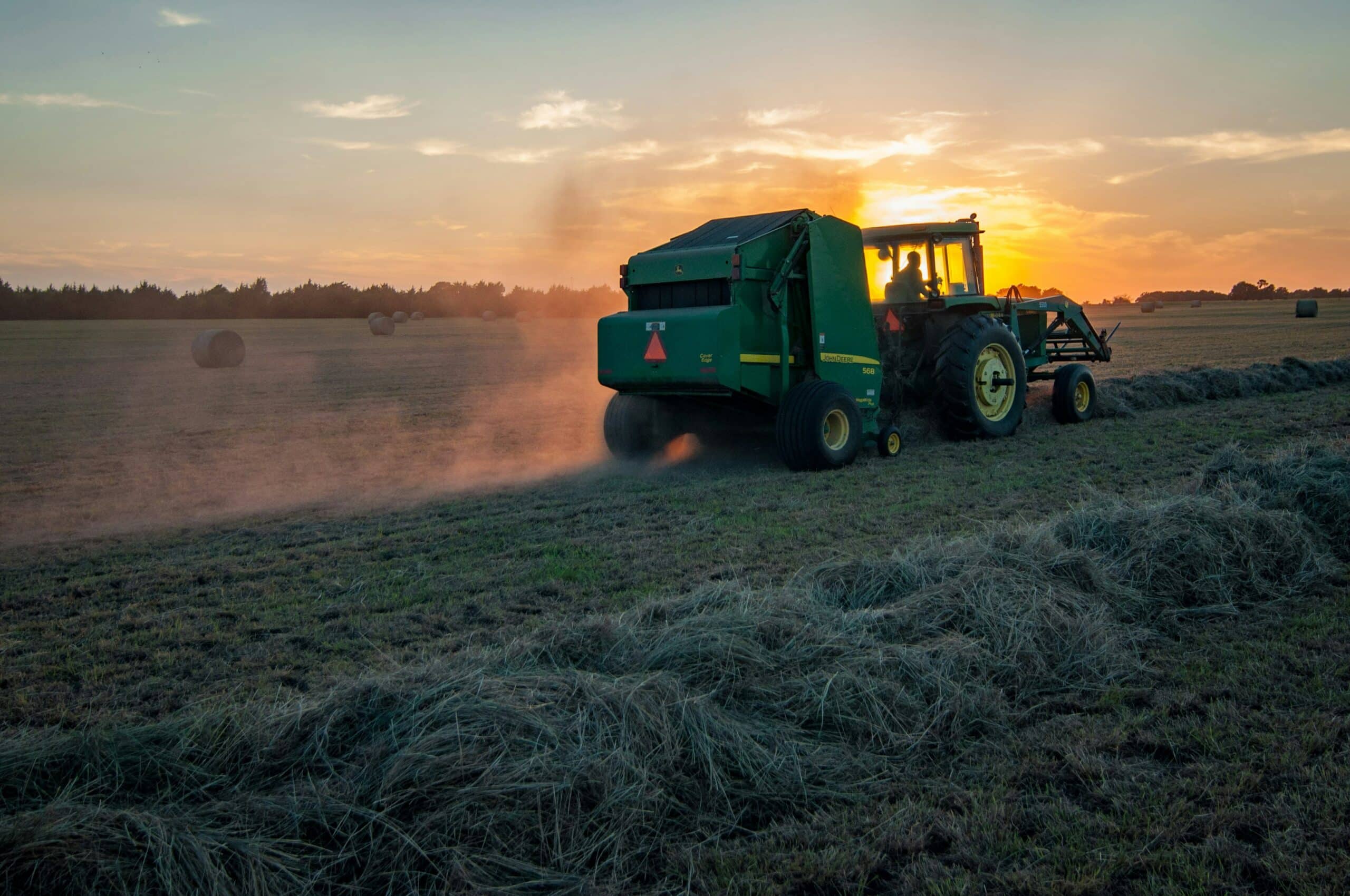
As winter transitions into spring it brings a significant risk—flooding. Spring thaw is a particularly critical time when melting snow and ice can lead to rivers and lakes overflowing their banks. Combined with the more frequent extreme weather events we’re experiencing, residents in Ontario need to seriously consider whether flood insurance is necessary.
So let’s dive into whether you need coverage to protect you against flooding in Ontario and what it entails.
Understanding the Risks in Ontario
Ontario, like many other parts of Canada, is not immune to flooding. Factors contributing to floods include:
- Heavy Rainfall: Extended periods of rain can lead to water accumulation in low-lying areas.
- Spring Thaw: Melting snow and ice can cause rivers and lakes to overflow.
- Storm Surges: Areas close to large bodies of water, such as the Great Lakes, may experience flooding due to storm surges.
- Urbanization: Increased concrete and asphalt can reduce the land’s ability to absorb water, leading to urban flooding.
Types of Flood Insurance
Flood insurance generally falls into two categories:
- Overland Flood Insurance: Covers damage caused by water entering your home due to surface water or river overflow.
- Sewer Backup Insurance: Covers damage resulting from water backing up into your home from sewer systems.
Is Flood Insurance Necessary in Ontario?
Whether you need flood insurance depends on several factors:
1. Location
If you live in a high-risk flood zone or near a body of water, flood insurance is highly recommended. However, floods can occur outside high-risk areas too. Check flood maps and risk assessments for your area.
2. Home Insurance Policy
Most standard home insurance policies do not cover flood damage. You need to purchase additional coverage for floods. Review your existing policy to understand what is included.
3. Financial Considerations
Floods can cause significant damage to homes and personal belongings. Without insurance, you would have to bear these costs out of pocket. Weigh the potential financial impact of a flooding against the cost of insurance premiums.
4. Climate Change
With climate change causing more unpredictable and extreme weather, the instances of flooding are likely to increase. Having coverage for flooding can provide peace of mind amidst growing uncertainties.
How to Get Flood Insurance
- Assess Your Risk: Use tools like flood maps and risk assessments to understand your level of risk.
- Consult Your Broker: Talk to your broker about adding flood insurance to your policy. They will provide you your best options.
Reach out to your Broker
In summary, while flood insurance may not be mandatory in Ontario, it is a highly recommended safeguard, especially for those in prone to flooding. The increasing unpredictability of weather patterns due to climate change further underscores the importance of being prepared. Evaluate your risk, review your current coverage, and consider adding it for comprehensive protection.
Remember, it’s better to be prepared and not need it than to need it and not be prepared. Make an informed decision today to protect your home and belongings from potential flood damage.
Additional Resources
Stay safe and make sure you are adequately protected!

